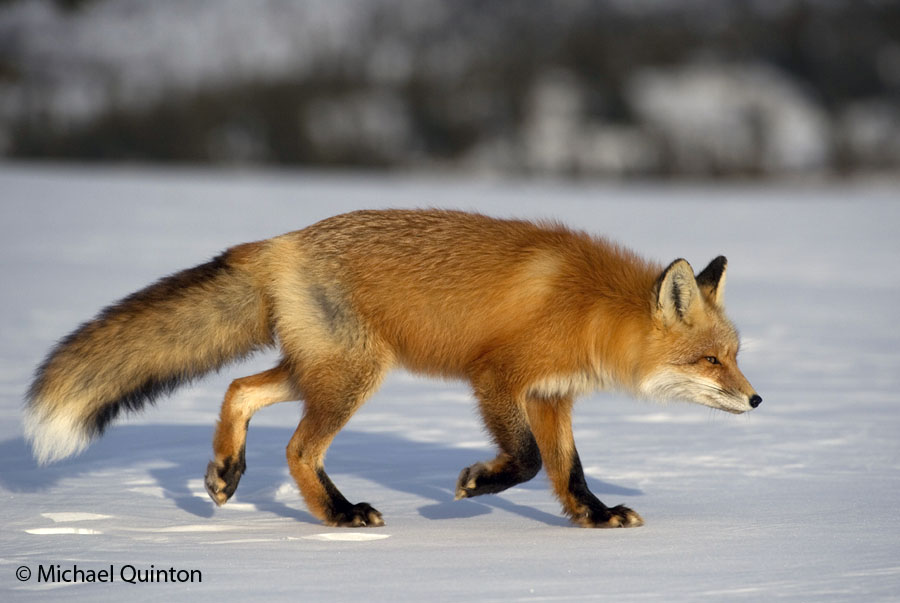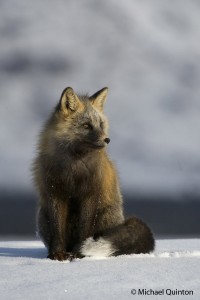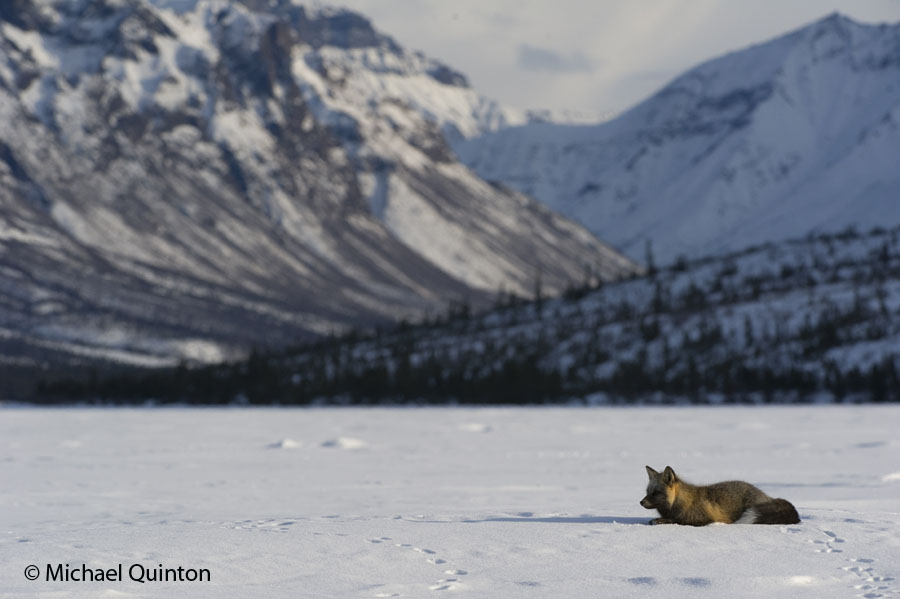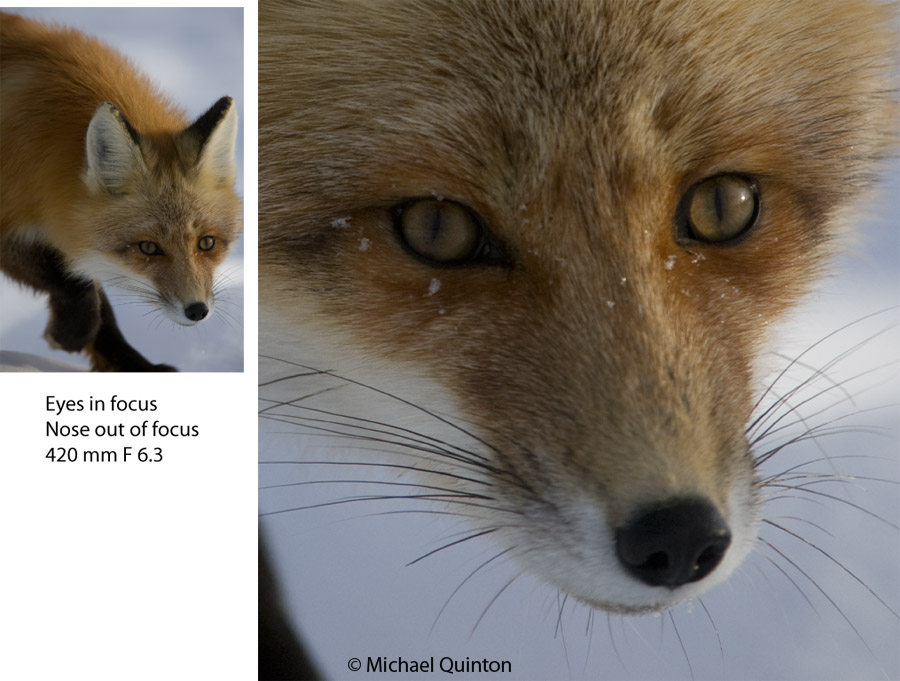 The red fox, Vulpes vulpes is one of nature’s most successful predators, thriving in a variety of habitats from tundra to desert, forest to mountains. Though common throughout their vast range, the red fox makes a tough photo subject.
The red fox, Vulpes vulpes is one of nature’s most successful predators, thriving in a variety of habitats from tundra to desert, forest to mountains. Though common throughout their vast range, the red fox makes a tough photo subject.
 And it seems that this beautiful furbearer is not well understood. Many Alaskans cling to the belief that the red fox and cross fox are two different species. The dark, multi colored foxes are locally recognized as the cross fox. But the cross fox, like the silver fox, are just color phases of Vulpes vulpes. Litters of red fox pups often contain a mix of color phases.
And it seems that this beautiful furbearer is not well understood. Many Alaskans cling to the belief that the red fox and cross fox are two different species. The dark, multi colored foxes are locally recognized as the cross fox. But the cross fox, like the silver fox, are just color phases of Vulpes vulpes. Litters of red fox pups often contain a mix of color phases.
A shy personality and nocturnal habits keep their appearance in my viewfinder a rare event. Popular ice fishing locations can provide some opportunities. The ready supply of fish guts and carcasses will keep these beautiful canines hanging around. Surplus fish carcasses are cached under the snow to hide them from ravens and other scavengers. But wolves, coyotes, wolverines, lynx and other predator/scavengers locate these cache sites by scent.
 While red foxes habituated to people will approach very close they are always alert for trouble. I once saw a group of five wolves in a huddle on a frozen lake. There was a lot of sniffing going on and, I am certain, a lot of growling and display. Then one large wolf, probably the alpha male, picked up a bundle of fur and headed for the woods on the far side of the lake. Dangling from his jaws was a red fox. The wolf carried his prize into the forest to be eaten in private. The small red fox would not be shared. The pack had probably forced the fox out of the brush onto the lake. The red fox is swift to be sure, but across the wide, frozen lake the odds belong to the wolves.
While red foxes habituated to people will approach very close they are always alert for trouble. I once saw a group of five wolves in a huddle on a frozen lake. There was a lot of sniffing going on and, I am certain, a lot of growling and display. Then one large wolf, probably the alpha male, picked up a bundle of fur and headed for the woods on the far side of the lake. Dangling from his jaws was a red fox. The wolf carried his prize into the forest to be eaten in private. The small red fox would not be shared. The pack had probably forced the fox out of the brush onto the lake. The red fox is swift to be sure, but across the wide, frozen lake the odds belong to the wolves.
Portraits
Focus on the eyes but keep in mind that your telephoto lens has a very limited depth of field. Depth of field is the zone that will be in sharp focus. Keeping both the eyes and the nose in focus with a small aperture like F 4 or F 5.6 may not be possible. Choose a higher aperture number like F 8.


